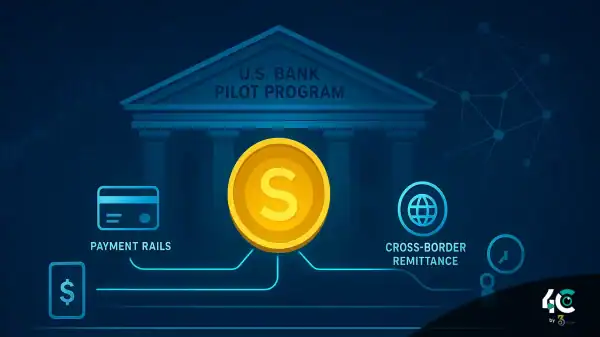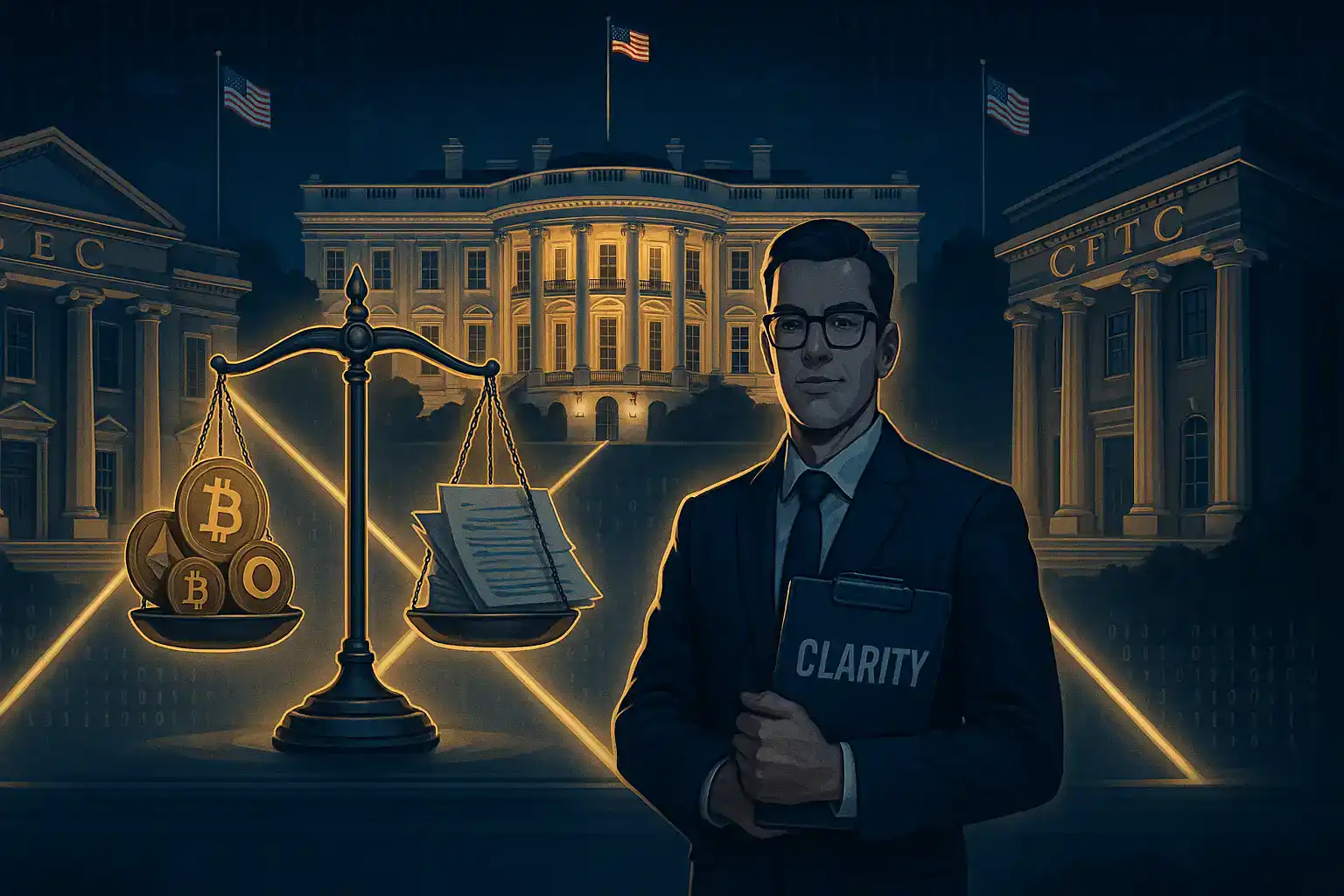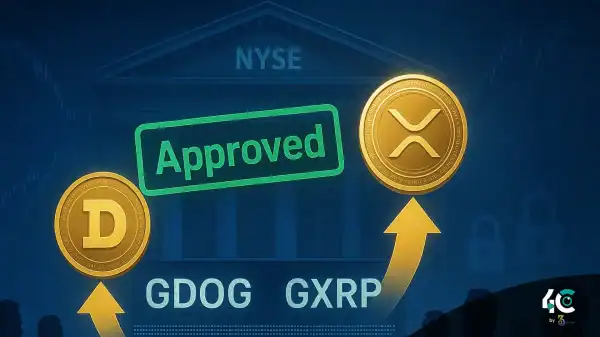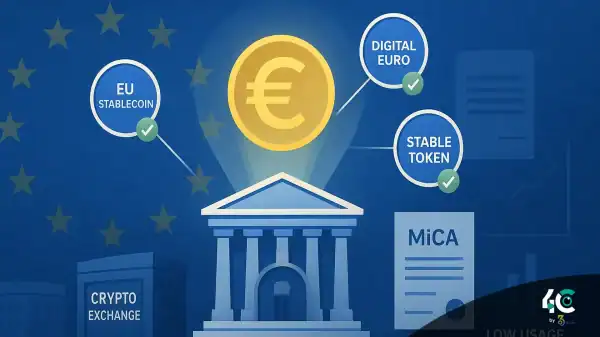🏛️ SEC vs. CFTC: Who’s in Charge of What?
The Trump Administration’s Working Group on Digital Assets released its policy framework on Wednesday, recommending a strategic division of regulatory authority between two key financial watchdogs:
- The Securities and Exchange Commission (SEC) – tasked with overseeing securities-related aspects of digital assets.
- The Commodity Futures Trading Commission (CFTC) – responsible for supervising spot crypto markets, aiming to reduce enforcement overlap and boost regulatory efficiency.
⚖️ “Letting each body oversee the instruments that best align with their expertise avoids duplication and confusion,” said Edwin Mata, CEO of Brickken, a digital asset tokenization platform.
This dual-agency oversight model could finally pave the way for consistent legal interpretations, a necessity for a scalable and transparent crypto ecosystem in the U.S.
⚖️ Ripple Case Helped Set the Tone for Crypto Regulation
The report comes shortly after the landmark conclusion of the SEC’s lawsuit against Ripple Labs, which started in December 2020. Ripple was charged with raising $1.3 billion via unregistered sales of its native token, XRP.
Key legal developments:
- 🧑⚖️ July 2023: Judge Analisa Torres ruled that XRP is not a security when sold to retail investors but is a security when sold to institutions.
- 💸 August 2024: Ripple fined $125 million in civil penalties.
- ✅ March 2025: The SEC dropped its appeal. Ripple called it a “resounding victory” for the crypto space.
- 💰 June 2025: Ripple and the SEC jointly filed to release escrowed funds to finalize settlement payments.
This case provided the legal precedent that directly informed the White House’s current crypto policy framework.
🧠 Why This Crypto Framework Matters for U.S. Innovation
This structured division of regulatory authority is seen by analysts as a critical step toward resolving one of crypto’s biggest challenges: legal uncertainty.
According to analysts at Bitfinex:
“The report provides regulatory boundaries that address a key hurdle stopping U.S. crypto innovation.”
However, they also highlighted key concerns:
- ⚠️ Rising SEC enforcement activity across the industry
- 📉 No clarity on the proposed U.S. Bitcoin reserve
- 🧩 Potential community fragmentation due to stricter rules
💡 The Bigger Picture: Crypto Legislation and Stablecoin Strategy
This policy update aligns with former President Trump’s pro-crypto agenda, which is centered around:
- “Same risk, same rules” – advocating consistent oversight for similar financial instruments
- Supporting crypto legitimacy via bills like the CLARITY Act
It also fits into a broader economic strategy to use stablecoins and blockchain to strengthen the U.S. dollar in global finance.
🏦 Related: Trump-linked WLFI invests $10M in Falcon Finance for stablecoin development
🏦 What’s Still Missing in the U.S. Crypto Regulatory Framework?
While the White House’s digital asset framework marks progress, several gaps still remain:
- ❌ No clear rules for crypto banking custody
- ❌ No formal regulatory treatment of DeFi platforms or self-custody wallets like MetaMask
- ❌ Uncertainty around taxation of microtransactions and staking rewards
As of now, speculation suggests that more detailed guidance is expected—especially with crypto treasuries surpassing $100B during Ethereum’s 10th anniversary.
💰 Related: Crypto treasuries top $100B for Ethereum’s 10th anniversary
🧭 Final Take: Is Regulatory Clarity Finally on the Horizon?
The White House’s digital asset policy framework signals that the U.S. government is ready to embrace digital assets as a mainstream part of its financial infrastructure.
With:
- Clearer roles for the SEC and CFTC
- Legal precedent from the Ripple lawsuit
- Bipartisan movement toward digital dollar and stablecoin legislation
…it appears the long era of regulatory ambiguity may finally be coming to an end.
However, the real test will be whether Congress can pass crypto legislation swiftly—and if regulators can keep pace with crypto’s relentless innovation.

































